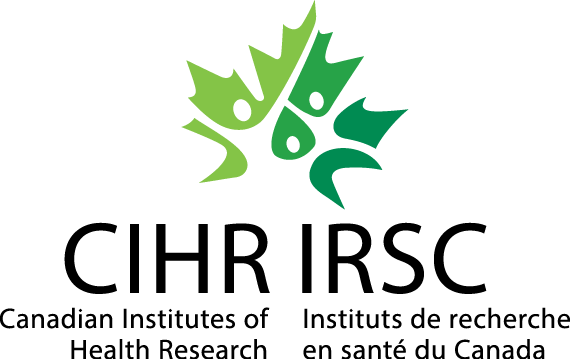Spatial organization of living systems
Living cells are composed of a complex mixture of macromolecules. To regulate their activity, cells partition these molecules into specialized compartments called organelles. Typically, membranes form a selective barrier between organelles and the cytoplasm, allowing each compartment to maintain a distinct biochemical composition that is tailored to its function. Recent progress has revealed numerous compartments that are not enclosed by membranes. Instead, these organelles consist of condensed phases of proteins and nucleic acids that rapidly exchange with the surrounding cytoplasm or nucleoplasm.
Membraneless organelles appear widespread from bacteria to yeast to humans, yet many questions remain. For example, what intermolecular interactions are responsible for organelle assembly and how do they govern the composition, morphology and material properties of an organelle? Furthermore, how do these parameters impact biological function and how is organelle activity regulated during development and in response to environmental change? Our lab seeks to answer these questions using a variety of model systems: the quintessential bacterium, Escherichia coli; the multicellular nematode, Caenorhabditis elegans; and the unusual alga, Symbiodinium minutum.
Watch Steph’s introduction to the field of Intracellular Phase Separation, presented at the Kavli Frontiers of Science Symposium, held in Kyoto, Japan, 2019.
Spatiotemporal regulation of transcription in bacteria
Bacteria typically lack membrane-bound organelles, so they must use alternate strategies for compartmentalization. To explore whether phase separation is evolutionarily conserved across domains, we are analyzing the spatiotemporal distribution of RNA polymerase in prokaryotes. At slow growth rates, RNA polymerase is approximately uniformly distributed throughout the E. coli nucleoid. However, at fast growth rates, it concentrates into distinct clusters that colocalize with ribosomal RNA genes. Using single-molecule tracking, we found that RNA polymerase and several transcription factors diffuse slowly within these clusters, yet faster than DNA itself, suggesting that these molecules are in a condensed liquid-like phase. We are currently investigating the impact of these condensates on transcriptional activity and cellular fitness.
Watch presentations describing this project from the Physical Biology of the Cell lecture series and the Next Generation Biophysics Symposium.
Nucleolar structure and activity in worms
The nucleolus is a large membraneless organelle that produces ribosomes, molecular machines essential for cell growth and size homeostasis. In early C. elegans embryos, the bulk concentration of nucleolar components determines whether nucleoli assemble and, if so, their size. These observations correspond to the hallmarks of a first-order phase transition, indicating that nucleoli form through phase separation of the nucleoplasm. Interestingly, this simple thermodynamic description does not hold in later stages of development, or under environmental stress. We are studying how nonequilibrium processes modulate the material properties of the nucleolus, and how these changes affect ribosome biogenesis throughout the worm’s life cycle.
Genome organization in dinoflagellates
Eukaryotic cells wrap their DNA around highly conserved histone proteins to form nucleosomes, the structural unit of chromatin. The only known exceptions to this rule are dinoflagellates, a diverse group of unicellular algae. Dinoflagellates appear to lack nucleosomes and instead package their DNA into permanently condensed chromosomes with banding patterns reminiscent of liquid crystals. We are collaborating with Annika Guse and Aaron Straight to identify the physical and biochemical principles governing this unique genome organization and to determine how they regulate genome function in distinct ecological niches.
Some of our work has been highlighted in the media:
Fresh tools for watching the ‘lava lamps’ of living cells, Elie Dolgin, Nature
Élucider un mystère biologique de la cellule, Maxime Bilodeau, FRQ
Separation anxiety, Mitch Leslie, Science
A newfound source of cellular order in the chemistry of life, Viviane Callier, Quanta magazine (podcast)
Tiny droplets are driving a cell biology rethink, Alla Katsnelson, knowable magazine
Thanks to our funding sources for making this research possible!







